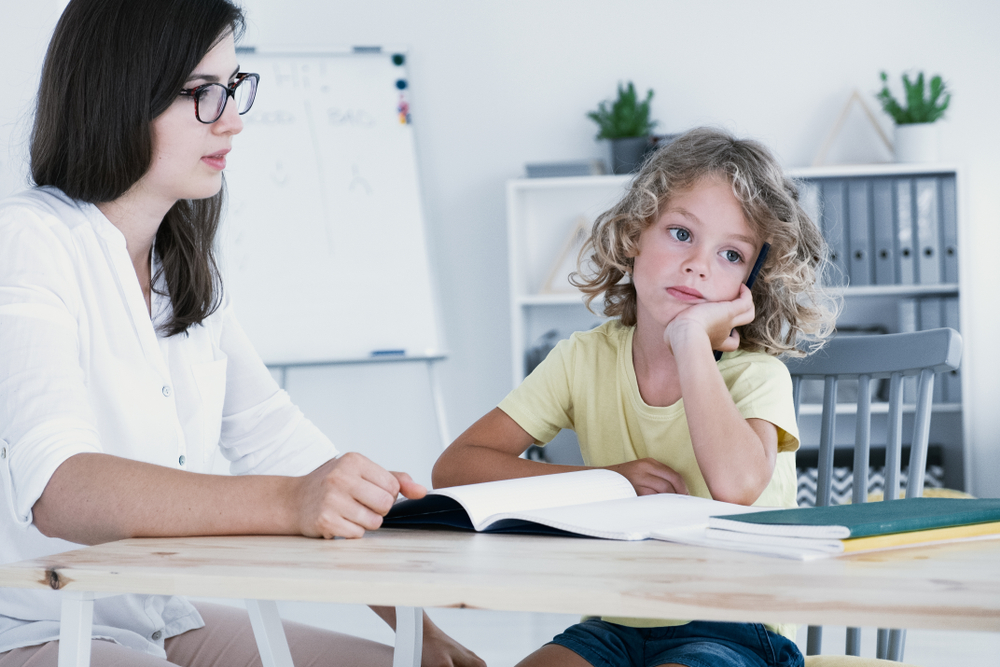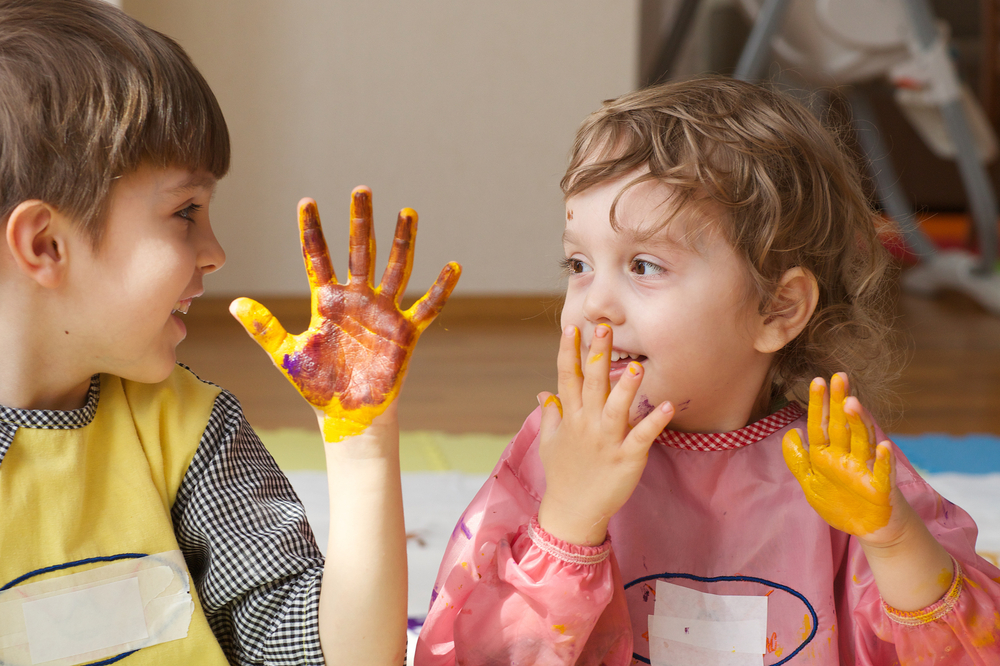Reading readiness Normal Worksheets for Ages 3-4
5 filtered results
-
From - To
Nurture early literacy skills with our "Reading Readiness Normal Worksheets for Ages 3-4" at Kids Academy. Our carefully curated collection is designed to inspire young learners and help them develop crucial pre-reading abilities. These fun and engaging activities focus on building vocabulary, phonemic awareness, and letter recognition. From tracing letters to identifying sounds, each worksheet provides a solid foundation for early reading success. Ideal for preschool and daycare settings, our worksheets are printable and easy to use, making learning both enjoyable and effective. Foster a love for reading early on and give your child the head start they deserve!
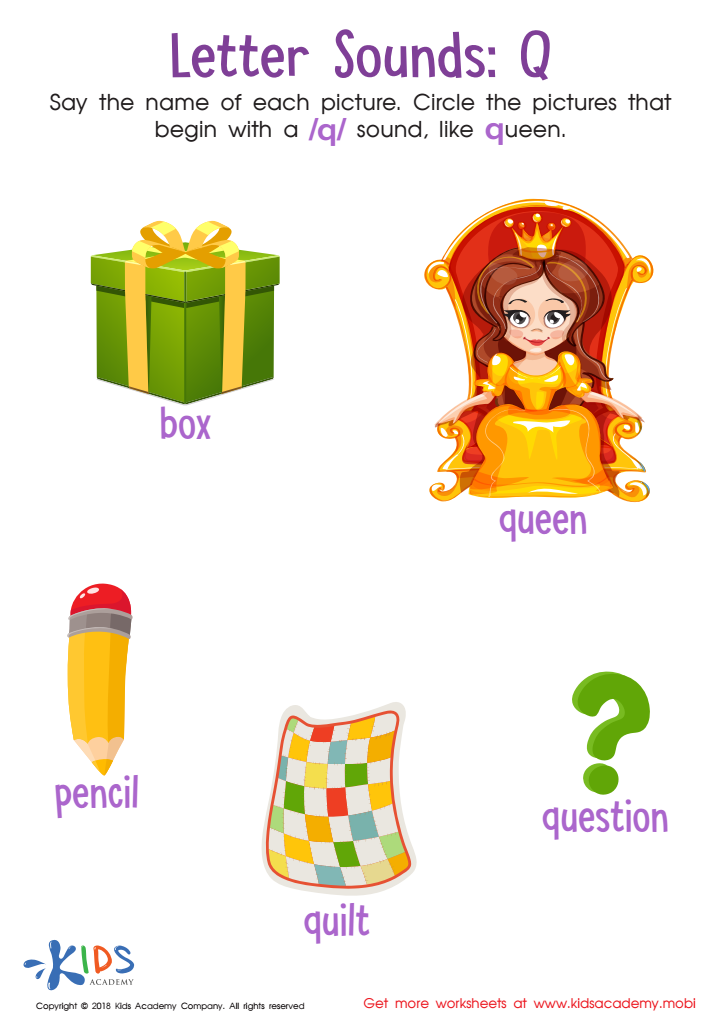

Letter Q Sounds Worksheet
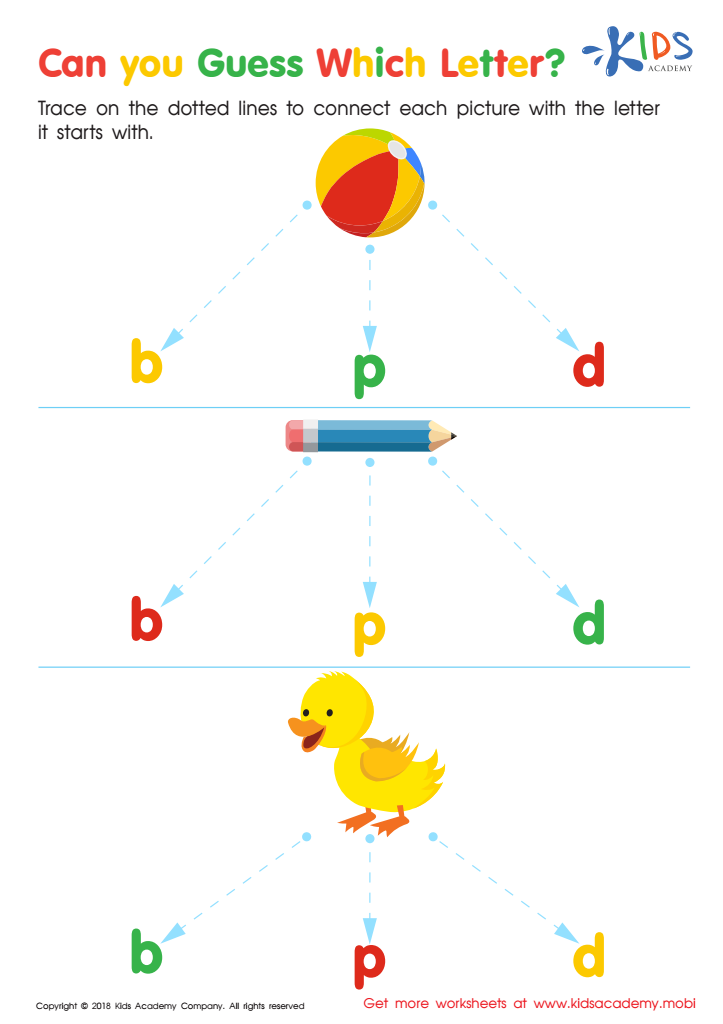

Can you Guess Which Letter? Worksheet
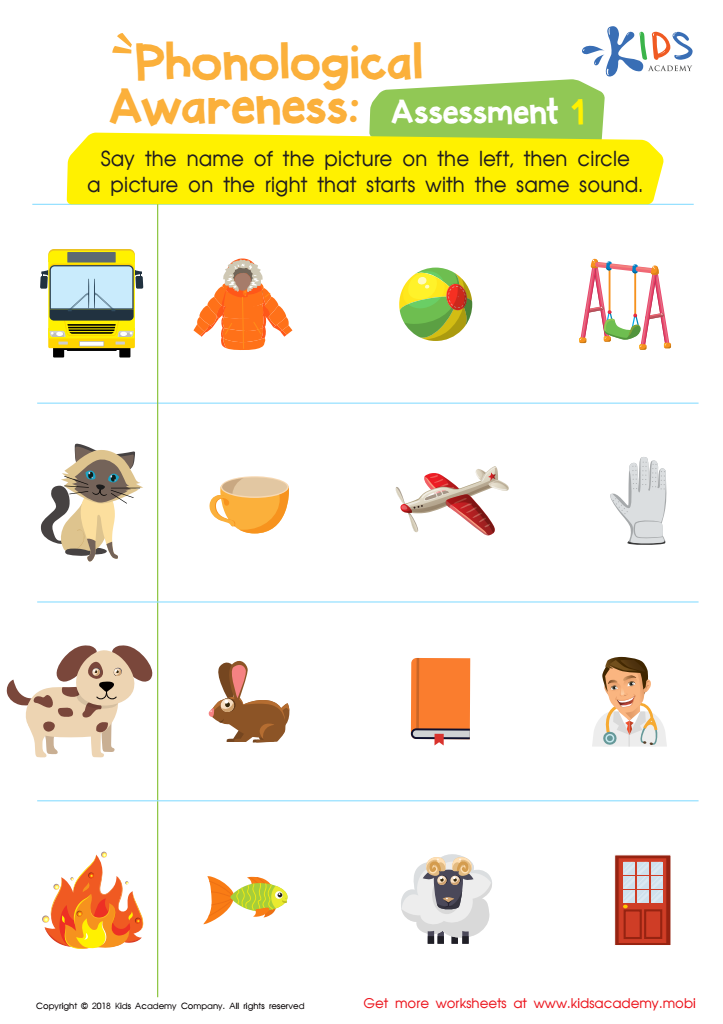

Phonological Awareness: Assessment 1 Worksheet


Match–Up Game: Beginning Sounds Worksheet
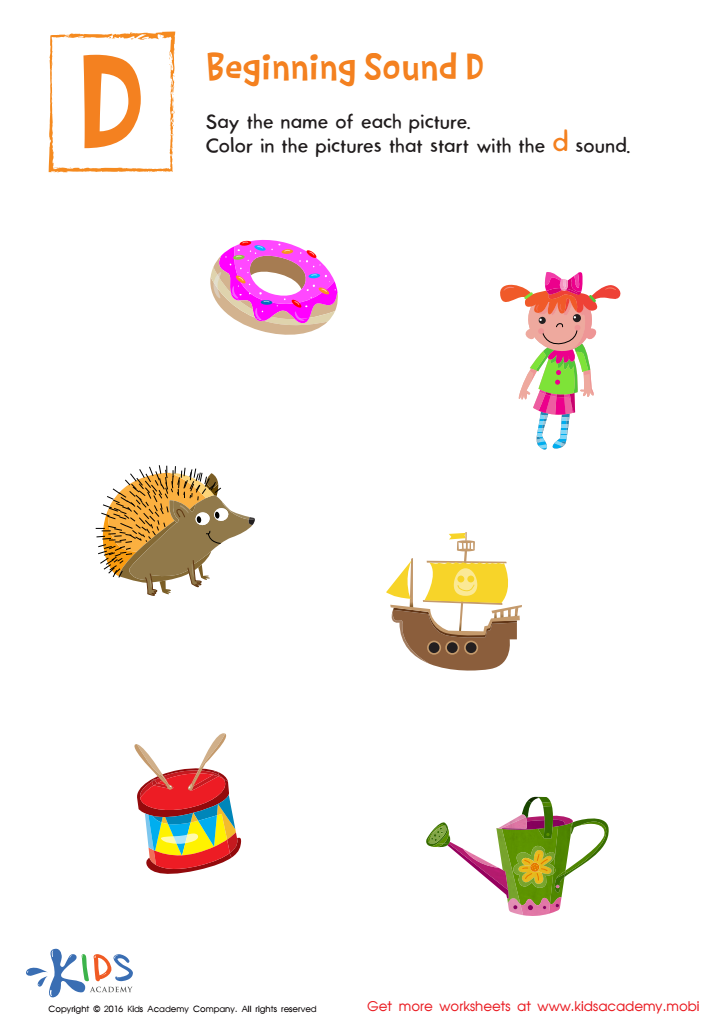

Beginning Sound D Worksheet
Reading readiness is a vital developmental benchmark for children ages 3-4, and both parents and teachers play a crucial role in fostering this early literacy foundation. This stage is critical as it lays the groundwork for a child's future academic success and love for learning.
Between ages 3 and 4, children rapidly expand their vocabulary and begin to understand the basics of print, such as recognizing letters, following along with a story, and distinguishing between pictures and text. By paying attention to reading readiness, adults can identify and support these emerging skills. For instance, engaging in activities like reading aloud, playing rhyming games, and encouraging storytelling helps children develop phonemic awareness, comprehension, and other pre-reading skills.
Neglecting reading readiness can lead to difficulties later in school, such as trouble with reading fluency and comprehension, which may affect overall academic performance and self-esteem. On the other hand, children who are well-prepared often find the transition to formal reading instruction smoother and more enjoyable, leading to a lifelong interest in reading and learning.
Investing time and resources in cultivating reading readiness sets a solid foundation that benefits children emotionally, socially, and intellectually. Creating a literacy-rich environment at home and in the classroom helps cultivate curious, confident, and competent readers, prepared to meet future educational challenges.
 Assign to My Students
Assign to My Students


